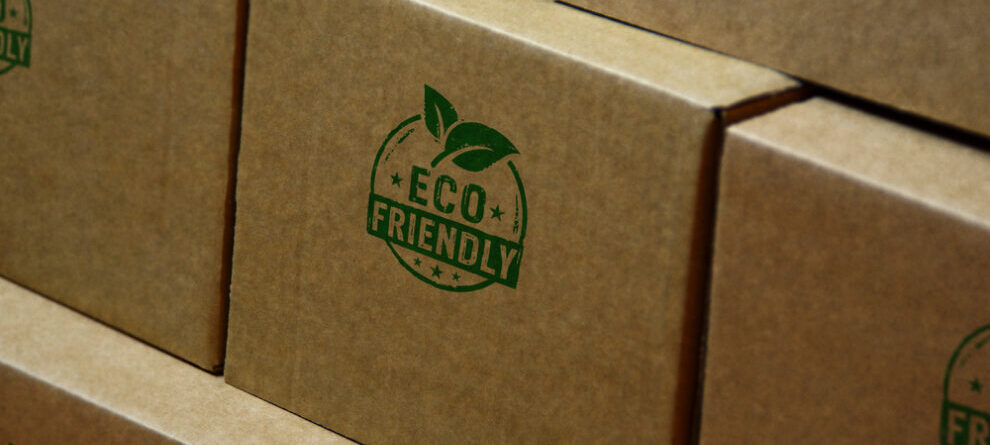The qualities of paperboard, including its printability, make it an essential material in the packaging industry
Paperboard is one of the most widely used substrates in offset printing, as it is an essential feedstock in the packaging industry and its qualities include the very wide range of printing options it provides. Another advantage, in terms of sustainability, is that it is made from renewable sources and allows the use of environmentally friendly inks.
There are four basic types of paperboards. All of them are made by overlapping layers, and what sets them apart is the combination of materials, which can be paper pulp, recycled fiber or a mixture of both. Most paperboard for printing has a surface coating to improve print quality and enhance gloss.
The paperboard is available in grammages ranging from 160 g/m2 to more than 600 g/m2. In addition to its basic qualities, the market offers a wide range of variants, which are achieved by special additives and plastic or metallic coatings, in order to adapt its use to the demanding requirements of industries such as food or pharmaceuticals.
What types of paperboards are used in offset printing ?
Bleached solid paperboard: made from pure bleached paper pulp, it is composed of two or three layers of coating on the surface and one on the reverse side. It can be used in combination with other materials to create liquid packaging board. It is used in the cosmetics, pharmaceutical and graphics sectors.
Unbleached solid board: its main quality is strength, which makes it perfect for use as packaging and, as it also can be made water resistant, it is widely used in drinks packaging.
Folding paperboard: made with several layers of mechanical pulp sandwiched between layers of chemical pulp, with a triple coating on the printing surface. It is commonly used in the beverage, pharmaceutical and food sectors.
White lined chipboard (Solid board): it is made from recycled material and consists of several layers. It is used for the packaging of chilled and frozen foods, grains, shoes, toys and many other products.
What are the main properties of paperboard?
- Machine direction: throughout the manufacturing process, the fibers of the paper pulp align themselves parallel to the direction in which the paperboard web moves, so that it is always stiffer and stronger in that direction. The machine direction is therefore perpendicular to the web width. A crease crosswise to the machine direction is better than a parallel one.
- Stiffness: this is one of the most important properties of paperboard, as it is the only material with the ability to offer high stiffness per weight unit, allowing it to protect the contents of the packaging.
- Compressive strength: This is the property that allows cartons to be stacked without collapsing.
- Surface strength: the pressure tolerance on its surface makes adhesion of the ink to the board possible.
- Surface smoothness: the smoother the surface, the more successful will be the printing and varnishing result.
- Dimensional stability: avoids changes in the properties of the board due to e.g. moisture, also avoids errors such as wrong registration during printing and converting.
- Gloss: In terms of image reproduction, gloss or luminance describes the intensity of colours, while with regard to paperboard, gloss refers to the percentage of light that is reflected from the surface of the substrate. The more light reflected, the higher the gloss.
- Opacity: the degree of opacity depends on the dispersion and absorption of light by the board. When we want to print on both sides of the board, it is important that the opacity is high.

